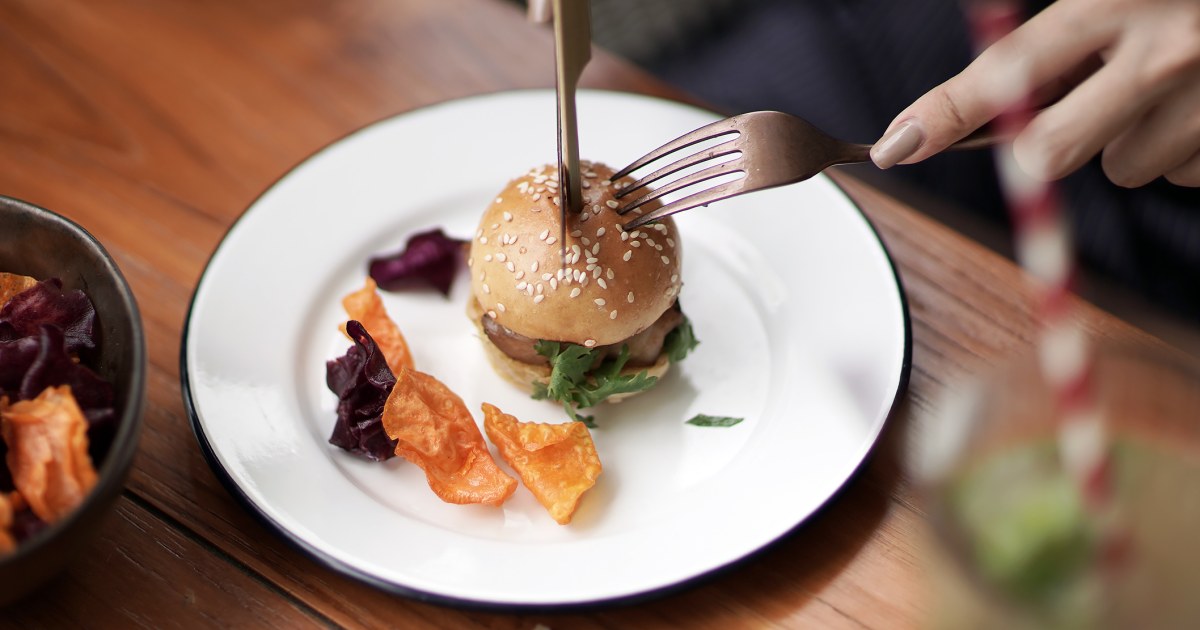GLP-1 weight-loss drugs work so well because they reduce appetite — a game changer for patients, but a concerning development for restaurants.
Now, some eateries are creating an “Ozempic menu” of smaller meals named after the blockbuster Type 2 diabetes treatment, which has become famous for its side effect of helping people lose weight.
The bite-size portions are meant to entice diners who are taking GLP-1 medications like Wegovy or Zepbound — which are specifically approved for weight loss — and have similar experiences to a TikTok user who said, “I took four little bites, and I can’t eat any more of my food ’cause I’m full.”
GLP-1s mimic at least one hormone produced by the gut to signal fullness, leading people to eat less and have fewer cravings.
About 2% of American adults now take a GLP-1 drug to treat obesity, according to a report released by FAIR Health in May 2025. That amounts to millions of people.
Besides feeling full quickly, patients are also advised to eat smaller meals and avoid certain foods to minimize side effects like nausea and vomiting.
Clinton Hall, a group of burger and beer restaurants in New York City, is known for large portions, but it recently introduced a mini meal that includes a petite hamburger, a few fries and a small beer for $8 — a third of the price of a regular-size combo.
“It 100% is targeting the growing number of GLP-1 users. That market has definitely increased, especially over the last year and a half,” Greg Mecane, marketing director for Clinton Hall told TODAY.
“It is catching fire. People are coming in specifically for it.”
Smaller portions mean smaller bills, but the strategy pays off by drawing more customers in who may have shied away from eating out, the restaurant chain told NBC’s Emilie Ikeda.
At Tucci — a fine-dining Italian restaurant in downtown Manhattan — patrons can now order the gourmet meatballs in portions of three or just one.
“My smaller menu I like to call the ‘Ozempic menu,’” owner Max Tucci said.
Another motivation is cutting down on food waste, he added, since up to 40% of food served in restaurants is never eaten and thrown away, according to a 2025 report by Recycle Track Systems.
Surveys also show younger people in general prefer more frequent, smaller snacks rather than eat three meals a day.
“We found that especially in the age group of 25 to 35, that they’re still coming out, but they’re just consuming less,” Mecane said.
All the restaurants Ikeda visited said they have plans to expand their small bite menus in the future.
GLP-1 drugs are also changing dining-out habits, with patients “committed to eating smaller portions of fewer, less-indulgent foods,” according to a report from the The Food Away from Home Association, released in June 2025.
Source link
